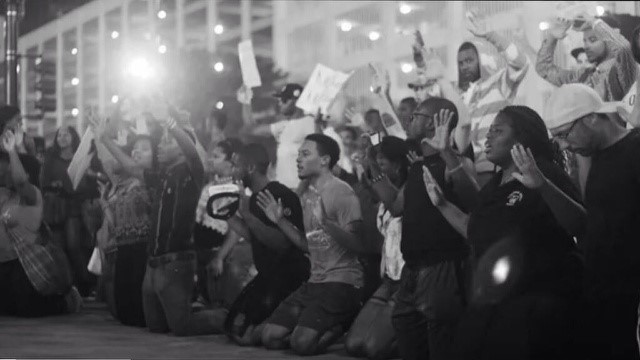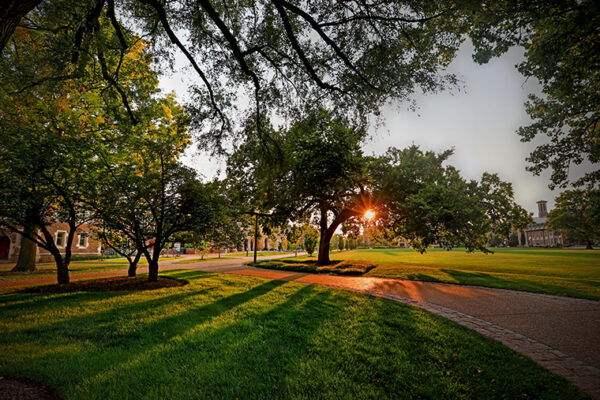
Americans across the nation are documenting today’s protests through photography and video, often posting their content on Instagram, Twitter and other social media feeds. But is that the safest way to preserve these historic images?
No, said Miranda Rectenwald, curator of local history at University Libraries at Washington University in St. Louis. She has created a list of resources from Documenting the Now, the Blacktivists and more, to help protest participants preserve their content for the long term.
“Anything that appears on social media can be deleted or taken down,” Rectenwald said. “Fortunately, the resources and tools available for archiving digital history have greatly expanded since the protest in Ferguson.“
Rectenwald is curator of “Documenting Ferguson,” which launched in the days after Michael Brown was shot by a Ferguson police officer in 2014. The digital collection continues to offer a secure, free place for community members to archive anti-racist protests. Here, Rectenwald shares the value of chronicling protests and how participants can best save their photos and videos.
Why should participants create digital records?
“Digital records are a powerful tool for education and advocacy. And they provide history vital firsthand accounts of the events and perspectives that shape our time. Whether you are creating a personal archive or contributing to a collaborative effort, your work can make an impact today and to future generations.”
What legal and ethical considerations should photographers keep in mind?
“One of the earliest lessons learned the hard way in Ferguson is that just because you can take a photo doesn’t mean you should share it with a wider audience. Content shared on Facebook can be subpoenaed by law enforcement. It doesn’t matter if it’s marked private, so keep that in mind when sharing photos of others. Beyond the legal questions, people should make sure not to default into ‘tourist mode’ when attending a protest. Be aware of people’s humanity and ask yourself if you are intruding on a private moment.”
How do you, as an archivist, judge a photo?
“As archivists, we don’t pick and chose the way a photo editor at a newspaper or a curator at a fine arts museum might. To me, the quality of the composition or technical precision of a photo matters less than whether the photo tells a story. And even then, I recognize that I can never know what someone in the future will find interesting. Maybe someone will just want a raw look at what it was like to be at this place at this time.
“Ultimately, the goal is to collect and share knowledge. I feel great comfort in knowing so many voices will be saved. Too often in our past, the only voices that got saved belonged to a single perspective, resulting in huge gaps in the stories of our past. Now, people are saying, ‘No. My story is worth remembering.’”


